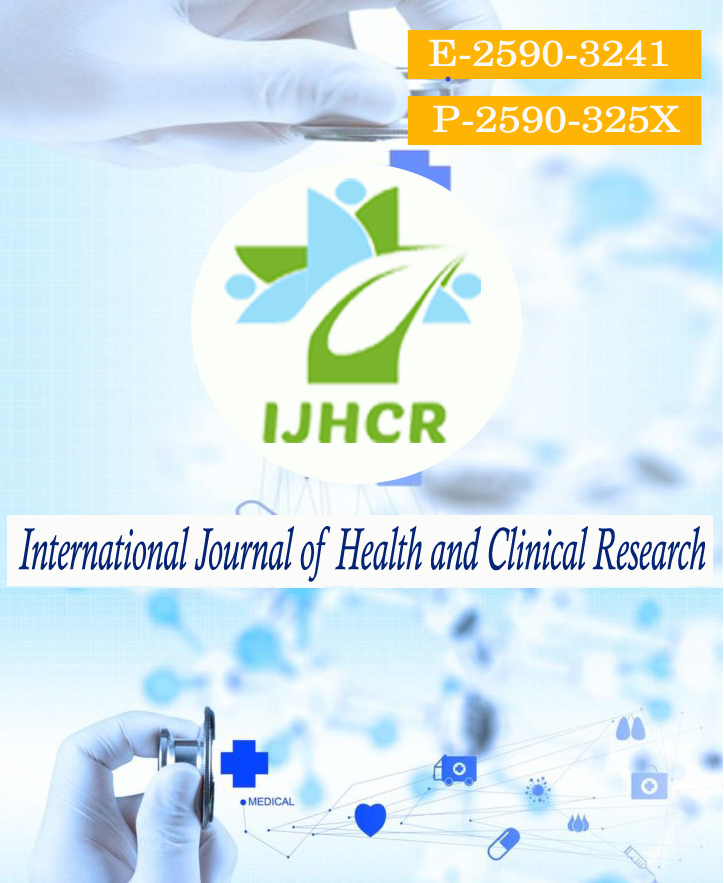Study Of Multidrug Resistance And Extended Spectrum Beta Lactamases Producing Klebsiella Pneumoniae Isolated From Hospitalized Patients Of SKMCH, Muzaffarpur, Bihar, India
Keywords:
Multidrug Resistance, Extended Spectrum Beta Lactamases, Klebsiella PneumoniaeAbstract
Introduction: The aim of this study was to determine the prevalence of ESBL-producing bacteria and their antibiotic susceptibility pattern among uropathogens isolated from patients. Methodology: In the current descriptive cross-sectional study, 1000 urine samples were aseptically collected from patients more than 18 years of age and suspected to have UTI attending Medical out Patient Department of Microbiology, Shri Krishna Medical College & Hospital, Muzaffarpur, and Bihar during a period of one year From May 2020 to April 2021. Detection of ESBL-producing organisms was performed by Double Disc Synergy Test (DDST) method following CLSI recommendations. In this method, first, a suspension was prepared for each pure bacterial isolate according to the 0.5 McFarland turbidity standards and cultured on Mueller–Hinton agar. Fifteen minutes after bacterial cultures, pairs of antibiotic disks containing Ceftazidime (30 μg) with Ceftazidime/Clavulanic acid (30/10 μg), and Cefotaxime (30 μg) with Cefotaxime/Clavulanic acid (30/10 μg) were placed on Mueller–Hinton agar medium center to center, at a distance of 20 mm apart from each other. Results: Out of 1000 participants surveyed in the present study, majority (74.8%) were female. Positive bacterial growth was detected in urine samples of 74 (7.4%) patients. Among uropathogens, E. coli (72.9%) was the most commonly isolated species, followed by K. pneumoniae (13.5%). Conclusion: The ESBL production was found in a significant amount of Klebsiella spp isolates. An intensifying level of resistance to various classes of antimicrobial agents was observed among ESBL producers compared with non-ESBLs.
Downloads
Published
How to Cite
Issue
Section
License
Copyright (c) 2022 Arunima, Chandan Kumar, Rajeev Ranjan Prasad, Ranjit Kumar

This work is licensed under a Creative Commons Attribution 4.0 International License.






 All articles published in International Journal of Health and Clinical Research are licensed under a
All articles published in International Journal of Health and Clinical Research are licensed under a 